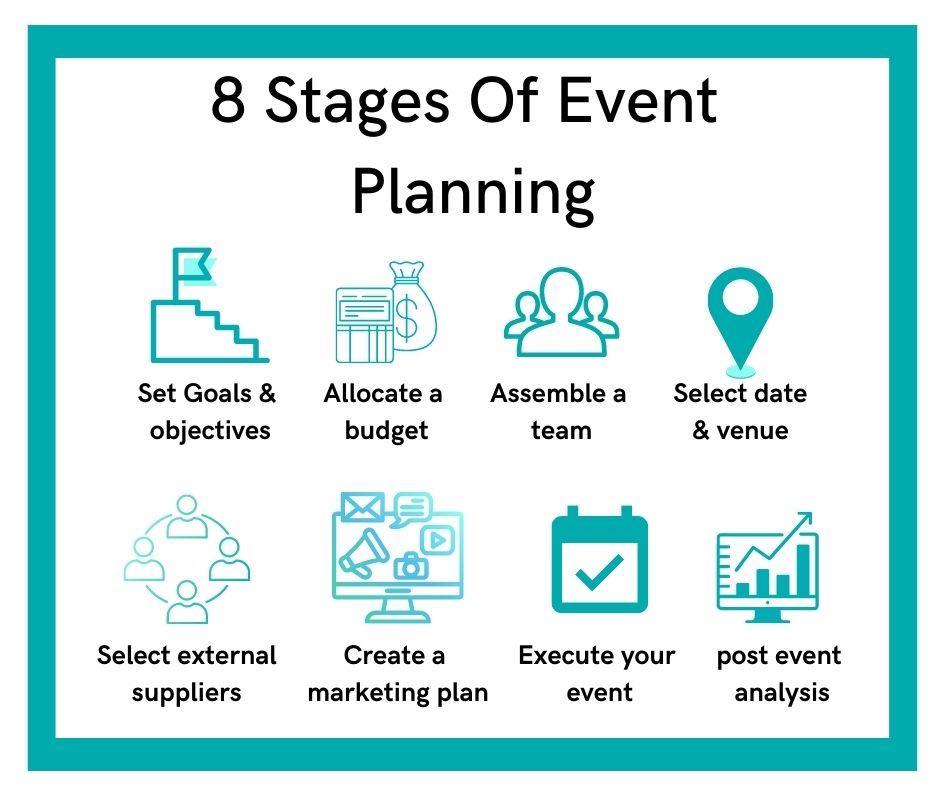Illuminating the Influence of Lighting Techniques on the Art of Film Projections Mapping
Illuminating the Influence of Lighting Techniques on the Art of Film Projections Mapping
Blog Article
Video projection projection is an exciting creative medium that merges technology and creativity to transform ordinary spaces into extraordinary sight displays. This technique involves casting images and footage onto three-dimensional elements, such as structures, sculptures, or platforms. One of the key significant factors in creating effective mapping is the use of effective lighting methods. Proper lighting improves the visual elements of the projection and guarantees that the visuals are clear and captivating. This article examines the impact of illumination techniques on video projection and how they can enhance the complete experience.
Illumination plays a vital part in motion projection because it sets the mood and feel of the display. Different lighting methods can elicit various emotions and responses from the audience. For example, using gentle, cozy illumination can create a welcoming environment, while bright, cold lights may create a more dynamic or dramatic effect. By carefully selecting light hues and intensities, creators can influence how audience perceive the projected visuals, leading to a more engaging experience. The equilibrium between mapping brightness and surrounding light is essential, as it can significantly affect the visibility and find out this here effect of the visuals.
In addition, color and brightness, the direction of light also affects the effectiveness of projection. Illumination from different directions can create shadows and highlights that add depth to the mapped visuals. This method, known as chiaroscuro, can enhance the three-dimensionality of the objects being mapped. Additionally, using moving illumination can introduce energy to the display, making the encounter more involving for the viewers. When the light interacts with the projected images, it can produce an illusion of movement and transformation, capturing the audience's focus.
Another essential aspect of lighting in projection is read the use of special effects. Techniques such as patterned illumination, which employs shapes and shapes to filter light, can add texture and intricacy to the projections. This approach allows artists to layer visuals and produce aesthetically captivating effects that complement the mapping. Additionally, adding laser lights or LED lights can further enhance the display, providing a distinct mix of sight components that attract the audience in. These unique features, when used carefully, can transform the mapping into a basic display to an immersive work of creativity.
In summary, the impact of illumination techniques on video projection is significant. By understanding how different lighting components connect with mapped images, artists can produce enthralling encounters that resonate with audience. The careful choosing of color, intensity, direction, and special features enables for a rich canvas of sight narrative. As technology continues to grow, the options for artistic showcasing in mapping will only expand, making illumination an increasingly vital aspect in this innovative art form.